What Areas Can Be Treated with a Hair Transplant?
Did you know hair transplants aren’t just for your scalp? Discover the 5 most requested areas (hairline, beard, eyebrows), the techniques used, and what results to expect.
2/24/20253 min read
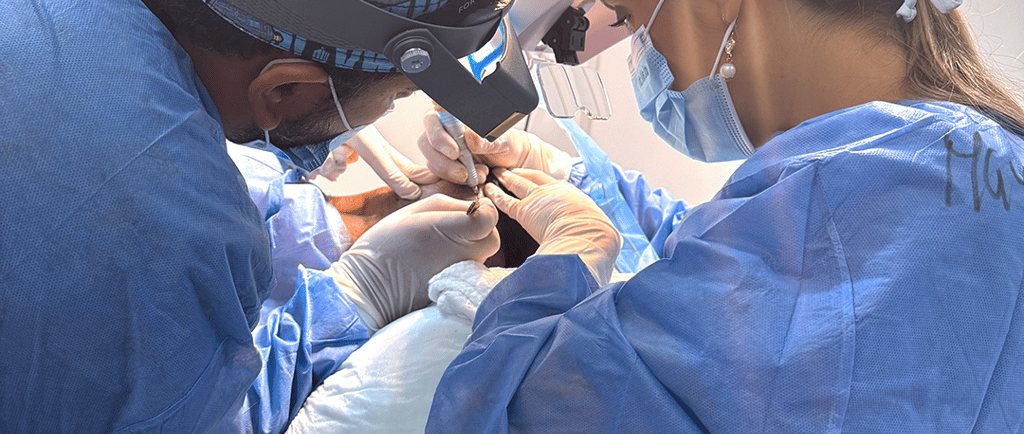

Beyond the Scalp: 5 Areas a Hair Transplant Can Transform
If you think hair transplants are only for the hairline or crown, you’re underestimating this powerful treatment. Today’s advanced techniques can restore hair in unexpected areas, bringing back your confidence exactly where you need it most.
Scalp – The Most Common Areas
Frontal Hairline and Temples
The hairline plays a key role in facial harmony. With the DHI technique:
Personalized design based on your facial structure
Natural density: 1,800–2,500 grafts
Visible results starting from month
Crown (Vertex Area)
A more complex zone that requires:
• Spiral pattern to mimic natural growth
• Higher graft count (1,500–3,000 units)
• Precise placement for best results
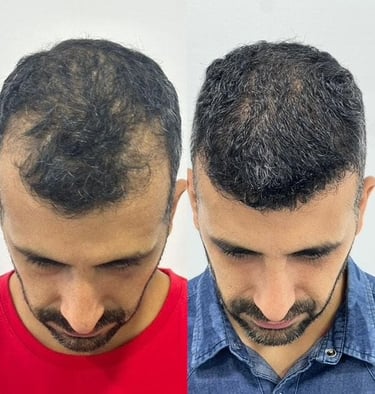

Facial Areas – Specialized Solutions
Beard and Mustache
Perfect for:
✓ Filling in patchy areas
✓ Covering scars or burns
✓ Achieving a fuller look
Recommended technique:
Grafts taken from the nape of the neck (thicker, more resilient)
Eyebrows
Unique features:
• Implanted at a 45° angle
• Individual follicle placement
• Requires periodic trimming
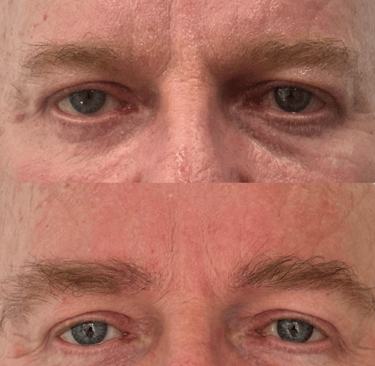

Other Treatable Areas
These include:
• Camouflaging surgical or trauma scars
• Post-oncological reconstruction
• Selected body areas
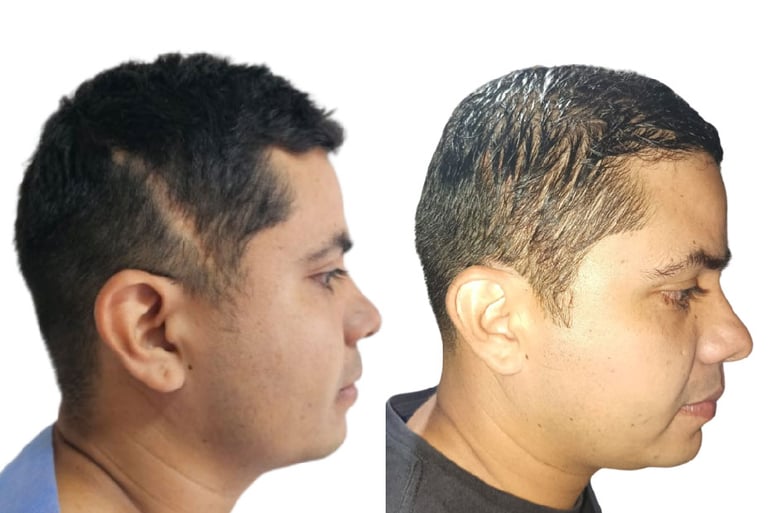

Expected Results by Area
Hairline / Temples
Initial results: 3–4 months
Final results: 12 months
Key fact: Heals faster due to high blood flow
Crown
Initial results: 4–5 months
Final results: 12–14 months
Key fact: Takes longer due to spiral growth pattern
Beard
Initial results: 2–3 months
Final results: 6 months
Key fact: Faster growth compared to other areas
Eyebrows
Initial results: 4 months
Final results: 8–10 months
Key fact: Requires detailed implantation and regular maintenance
Factors That Affect Your Results
Age: Impacts healing speed and follicle quality
Technique (FUE/DHI): DHI offers more precision in delicate areas
Post-op care: Specialized washing and sun protection are essential
Donor area quality: Thicker follicles = better outcomes
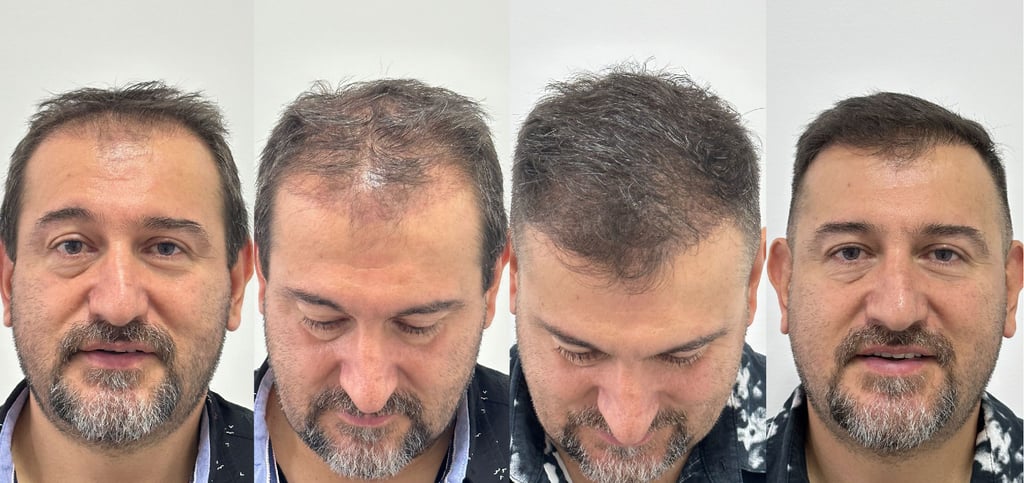

Did you know? Over 90% of transplanted follicles survive and provide permanent results across all treated areas.
Frequently Asked Questions
Is the procedure painful?
Hair transplants are done under local anesthesia, so you’ll only feel a slight prick—similar to a blood draw. After that, the process is completely comfortable.
How is my hair transplant design created?
Our medical team:
Reviews photos from when you had fuller hair
Analyzes your current facial anatomy
Considers your expectations
This helps create a natural and harmonious design tailored to your features
Can I customize the density and design of my transplant?
Absolutely! Your procedure is 100% personalized. During your design consultation, we:
Assess your current hair density
Evaluate your donor area
Study your facial and scalp structure
Then we create a plan that includes:
✓ Ideal density (typically 40–60 follicles/cm²)
✓ Correct angle and direction of implantation
✓ Hairline that suits your age and facial shape
Keep in mind:
• Your available follicles determine maximum density
• Natural results come from moderate, strategic density
• You can refine your design up to 1 week before surgery
Hair Transplants Go Beyond Hair
Hair transplants are no longer limited to the scalp. Today, you can enhance your beard, eyebrows, and even conceal scars using this innovative technique. If you're seeking a customized solution that restores both your hair and your confidence.
Want to know if you're a good candidate?
Schedule your diagnostic consultation today—virtually or in person. Our medical team will assess your case and offer a safe, personalized solution with natural-looking results.

